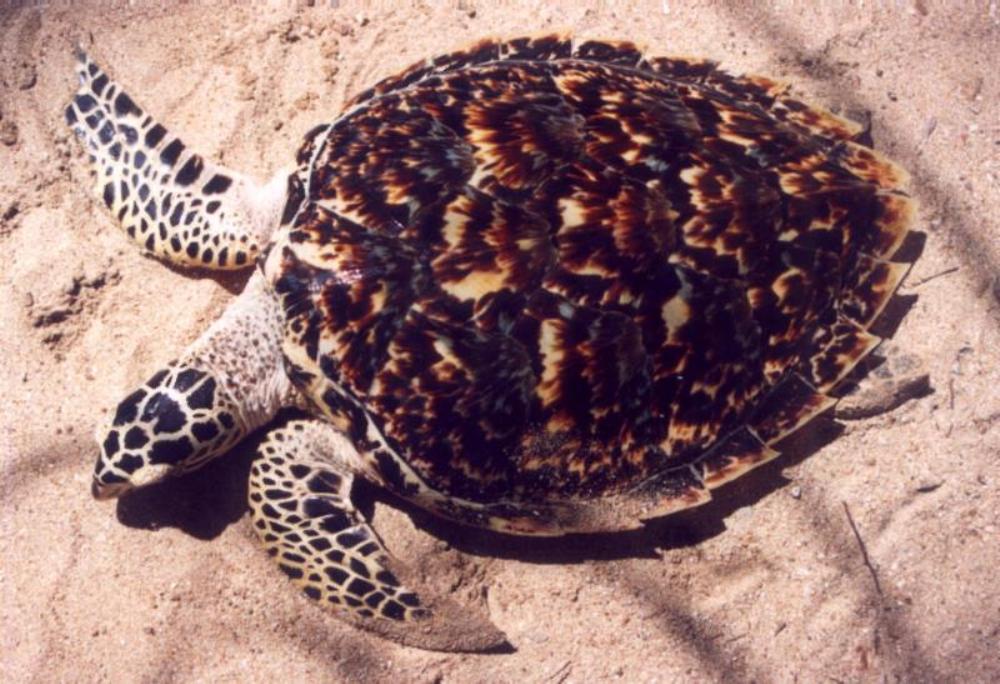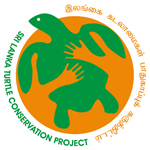

Scientific Name
Eretmochelys imbricata

Conservation status
Critically endangered

Population
Declining

Average lifespan
Unknown but estimated to be 50 years or more

Average adult weight
45 – 68 kgs

Average adult size
75 – 95 centimeter

Biogeographic realm
Tropical waters of the Atlantic, Pacific, and Indian Oceans
Hawksbills are also relatively small turtles which are named for their narrow birdlike beak. They have a distinctive pattern of overlapping scales on their carapace which has been used to make ornaments. This uncommon pattern and the colors of hawksbill carapace make them highly valuable as well as vulnerable to getting hunted. They inhabit tropical coastal waters around coral reefs and are mostly carnivorous and prey on a large variety of animals including jellyfish, sponges, and crustaceans. They use their pointed beak to catch and pierce animals hiding in small crevices. Hence, they contribute to maintaining the health of coral reef ecosystems. Hawksbill turtles sometimes eat toxic sponges. Instead of being poisoned, they can store the toxins in their flesh. If a human eats the flesh of a Hawksbill turtle he can die from acute food poisoning. Hawksbills reach sexual maturity by the age of 20-25 years. After digging the pit they lay 130 – 160 eggs per single pit. The eggs will hatch in about 60 days. According to the estimations by the International Union for Conservation of Nature (IUCN), millions of hawksbills have been killed within the last hundred years for the tortoiseshell trade. Hawksbill shell trade and egg poaching are still continuing even though the legal international hawksbill shell trade ended in 1993.

